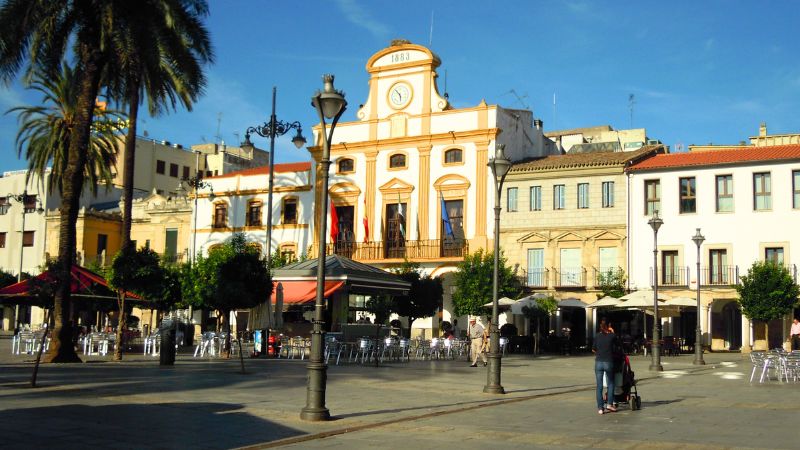
Located in the historic Plaza de España and neighboring the Círculo Emeritense, the Mérida City Hall stands out for both its neoclassical architecture and its significance in the civic life of the city.
Inaugurated in 1865, it has witnessed countless events that have shaped local and national history. We explore the most relevant aspects of this remarkable building.
History: From Ruin to Renewal
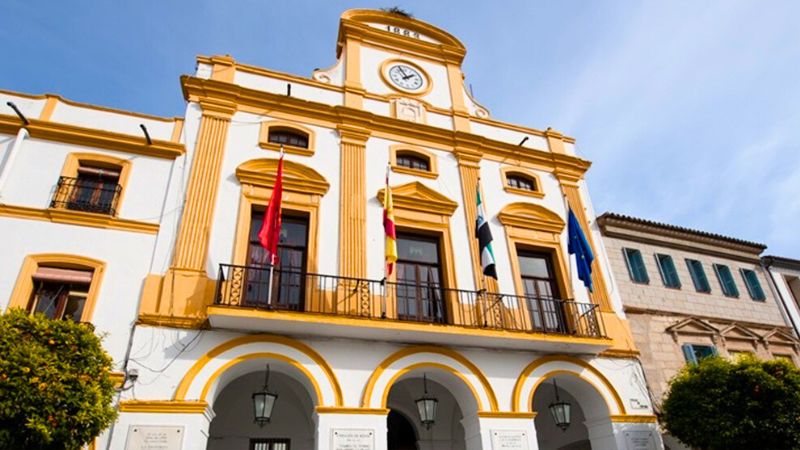
By the mid-19th century, the old City Hall building was in a dilapidated state, prompting authorities to decide to demolish it and erect a new building in its place.
The project was entrusted to the architect Manuel Villar, who completed the plans in August 1863.
After certain budget modifications and design adjustments, construction began in 1865 and concluded in March 1866.
It’s worth noting that the building has undergone numerous extensions and renovations, the most recent being the update to the color palette of the facade in 2018.
Architecture: A Tale in Stone
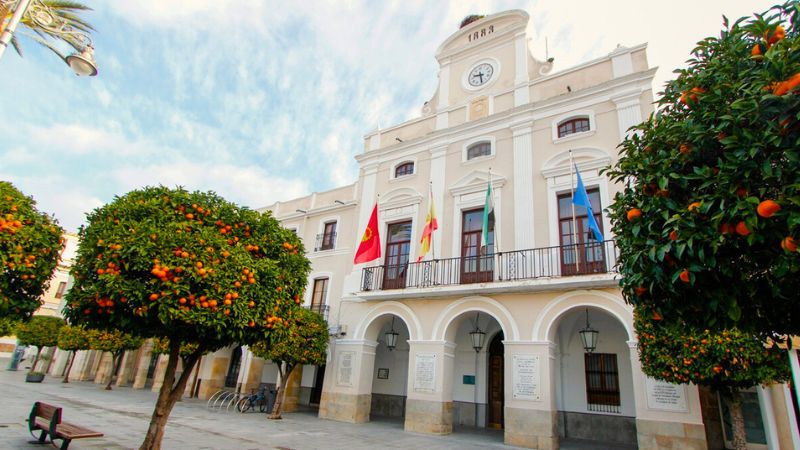
The design of the City Hall is a splendid example of the neoclassical style, featuring symmetrical layout and a balanced use of architectural elements.
The ground floor houses an elegant portico with three semi-circular arches, giving access to various rooms, including the regular meeting room and a small garden.
The upper floor, considered the more “noble” one, hosts the public meeting room, the courtroom, the secretariat, and the archive.
This level is adorned with a balcony accessed through three doors separated by imposing Doric pilasters.
One of the most striking elements is the upper temple housing a clock, added in 1883, which has become a kind of symbol for the building and the square in which it stands.
Civic and Social Function
The City Hall is not just a local government office building; it’s a space where citizens gather to engage in public life.
From town hall meetings to celebrations and community events, the building serves as a meeting point for Mérida’s inhabitants.
Why is it an Interesting Monument?
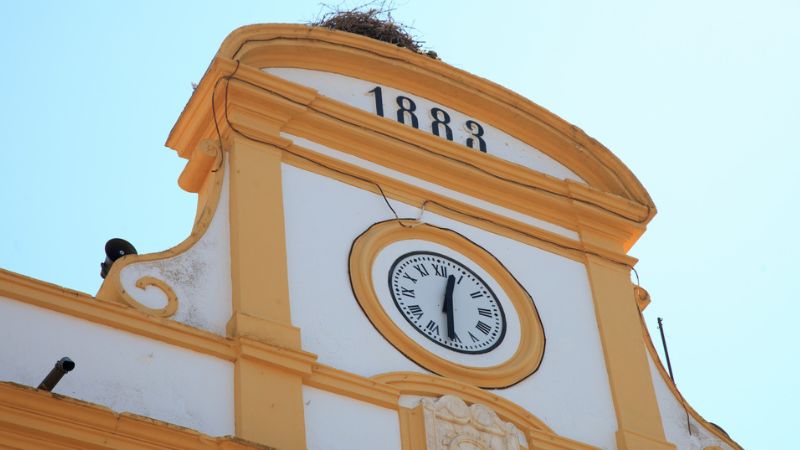
The Mérida City Hall is of interest not only for its beautiful architecture but also for its significance as the city’s civic core.
It serves as a tangible reminder of Mérida’s history and evolution, while its architectural design makes it one of the city’s most iconic buildings.
Moreover, its location in Plaza de España, one of Mérida’s most vibrant spaces, makes it an unavoidable reference point for any visitor.
Visiting the Monument
Although access to the interior facilities might be restricted due to its governmental function, the building’s facade is always visible and is part of the urban landscape of the Plaza de España. Therefore, visitors can freely admire its architecture.
More of Merida’s historical heritage
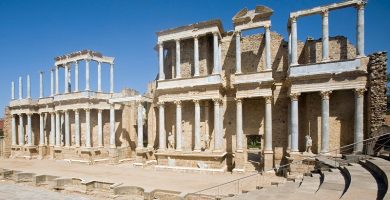
Roman Theater of Merida
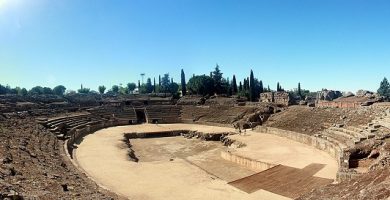
Mérida Roman Amphitheater
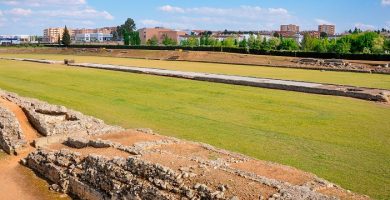
Roman Circus of Merida
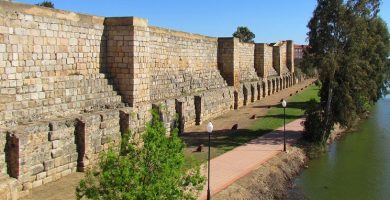
Moorish Alcazaba of Merida
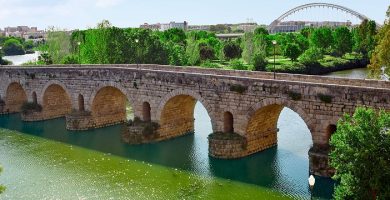
Roman Bridge of Merida over the Guadiana river
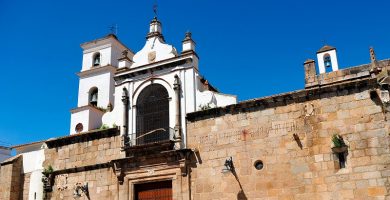
Co-cathedral of Santa María la Mayor of Mérida
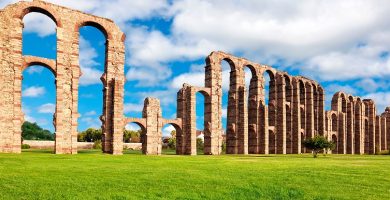
Los Milagros de Merida Aqueduct
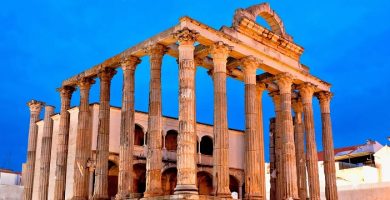
Roman Temple of Diana in Mérida
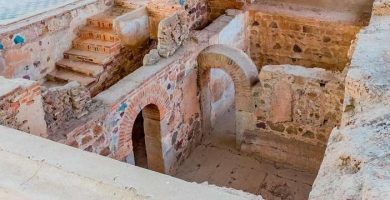
Casa del Mitreo House in Mérida
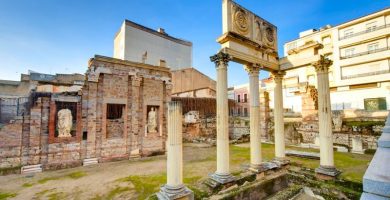
Portico of Merida’s Municipal Forum
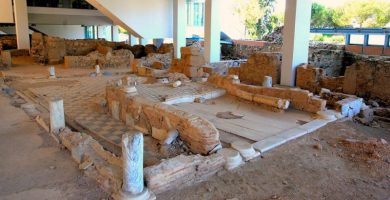
Morería de Mérida Archaeological Site
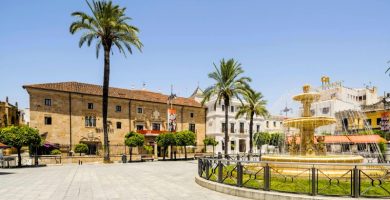
Plaza de España in Mérida
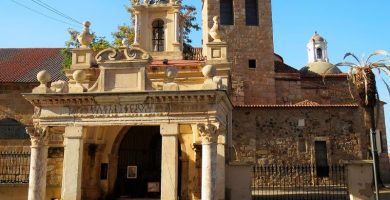
Basilica of Santa Eulalia in Mérida
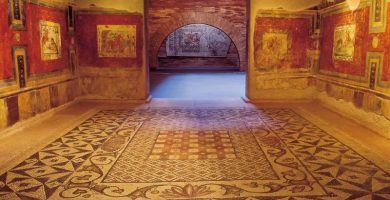
National Museum of Roman Art of Mérida
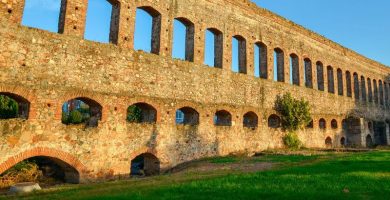
San Lázaro Aqueduct in Mérida
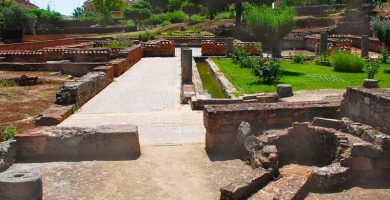
Merida Amphitheater House
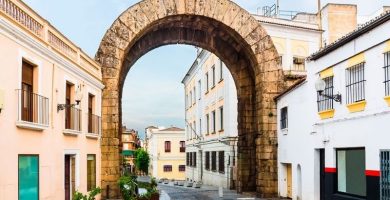
Trajan’s Arch of Mérida
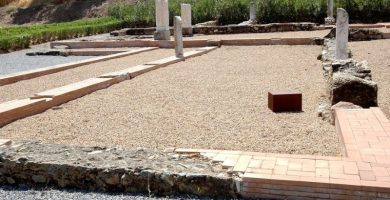
Mérida’s Xenodoquium
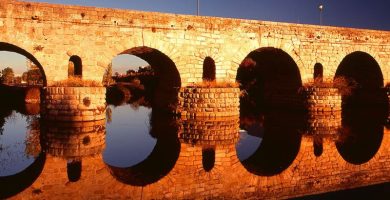
Roman Bridge over the Albarregas
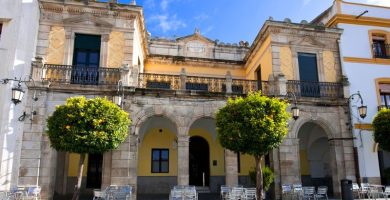
Círculo Emeritense in Mérida
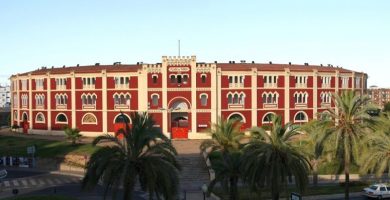
Bullring of Mérida
